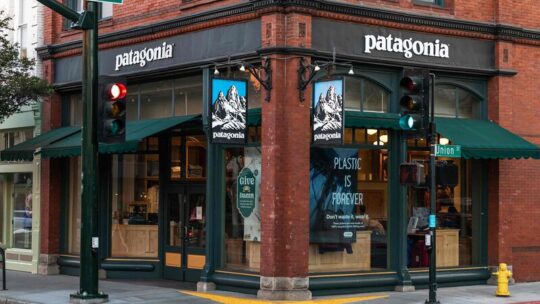
Retail is a war. Retailers use every trick to grab your attention, keep you away from competitors and spend in their stores and on their sites.
For years, retailers relied on circulars, which were popular–and at times a nuisance, crammed into Sunday papers. They featured pretty pictures of products, marked down to get you to drop the paper and head to the mall.
Similarly, as PR pros in retail we used every trick to get media attention, whether it was midnight store openings at Toys “R” Us for Harry Potter or Richard Simmons entertaining Black Friday crowds for Macy’s. Each was planned as a mediagenic show stopper.
At some point, retailers went full-throttle on cause marketing programs, partnering with non-profits: Kmart with March of Dimes, Toys “R” Us with Autism Speaks, Macy’s with Make-a-Wish. The partnerships promoted non-profits and raised money for them.
The goals also included giving consumers a warm, fuzzy about the brand. After all, consumers are more likely to shop at a company that has a social conscience.
The Local Angle
Local representatives of the non-profits mixed with retail personnel. That was intentional. Part of the plan included media-training store managers and deploying them as local spokespeople.
After retail, I worked on a global campaign for climate change. The Nobel Prize-winning United Nations Intergovernmental Panel on Climate Change (IPCC) employed me.
We media-trained more than 800 climate scientists around the world. The goals included sharpening messaging so they could communicate more effectively their massive climate reports in the run-up to the Paris Treaty Accords, in 2015.
One of the reasons it was so successful is because IPCC communicators applied the same tactics as retailers. They worked locally, developing local messages. That let scientists make climate change more relatable and personal, which was a winning strategy.
Coverage was extensive when the IPCC Working Group released its reports, in 2015. Articles ran globally and in our targeted 13 countries and cities. They became moments in time to stop and think about the ramifications of the biggest world threat.
Patagonia's 'Local' Giveaway
Last week, the retail world, climate community and the world in general got a genuine show stopper of mediagenic news. Patagonia CEO Yvon Chouinard dropped the announcement that he was giving the company to a trust dedicated to fighting the environmental crisis and defending nature. In effect, Chouinard launched the biggest cause marketing program in history.
So, why is this important, besides being altruistic?
- First, Gen Z'ers, future shoppers whose attention is critical for retailers, are overwhelmingly engaged on climate change. Moreover, you can be sure this generation already knows about it since the announcement swarmed social media. There’s not a retailer on Earth that can match what Patagonia is doing for climate change.
- Also, there is simply no way to compare this initiative with anything else that has ever been done with such consequence in the world of retail PR. The company will remind in-store and online shoppers that every dime they spend on Patagonia merchandise will go to fight climate change. It’s why the Paul Newman brand became so successful. The company is going to be a leading, global activist for climate change in a way that is wholly relatable.
- Each of Patagonia's hundreds of global stores ultimately can become local climate change information centers. As brick and mortar look toward more experiential shopping, Patagonia stores now can teach customers about the danger of climate change and localize the messaging. This is a PR pro’s dream come true.
I loved working in retail and my climate change experience was very rewarding. When I talk about my career it's difficult for people to see a connection between working in retail and for a global climate effort. Now all I have to do is say, “It’s like working for Patagonia.”
John Casey is editor-at-large and lead columnist at The Advocate
[Editor's Note: The writer’s views do not necessarily reflect those of PRNEWS. We invite opposing essays from readers.]
